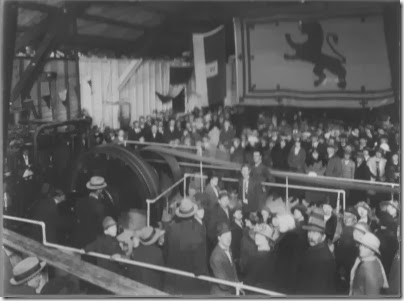In my last column, I said that Norman Tindale (1974) concluded that the Anaiwan language group occupied the New England Tableland from Guyra and Ben Lomond south to Uralla and Moonbi Range; north to Tingha; at Bendemeer and Armidale. He listed a variety of different spellings of the name: Anaywan, Anewan, Nowan, Enni-won, Yenniwon, Ee-na-won, En-nee-win, Eneewin, Inuwan, Inuwon, Nee-inuwon, Enuin.
While I think that the small locality now known as Armidale was in Anaiwan language territory, there is a huge problem with Tindale’s work, one that bedevils us today. To Tindale, a “tribe” was an entity speaking a common language and occupying a clearly defined territory that could be mapped. In the way Tindale defined it, tribal and language boundaries were identical.
Tindale’s work has been incredibly influential, in part because it can be expressed in defined map terms. It has also been enshrined in things like land rights legislation demanding that Aboriginal people show specific defined connections with land capable of being mapped. It is also reflected in conflicts over things like welcome to country, since this has now become an ownership matter.
This is, in fact, another case of European ideas being imposed on and creating conflict within Aboriginal society.
In traditional Aboriginal life, customary ownership rested with the local group, each speaking its own dialect. Individuals had kin connections with other groups and therefore rights in other territories. Further, there were also customary rights that allowed people to travel or groups to come together. Land ownership was a cobweb of rights and responsibilities.
The Anaiwan language group or nation, to use modern terms, was not a defined entity, but the territory occupied by local groups who spoke a broadly common language and shared cultural links.
In my last column, I suggested that the Tablelands’ language groups were squeezed between powerful neighbours, making them and the territory they occupied the meeting place of multiple nations, the dividing line between the coastal and riverine traditions.
In the north, the Anaiwan language shows powerful Gumbaingirr influences, for Gumbaingirr speaking groups were neighbours, interconnected with the Anaiwan. As we move south, Dainggati influences appear. In the far south of the Tablelands, I suspect that we would find Birpai or Gadhang influences on the Anaiwan language. On the west along the length of the Tablelands, we would find Gamilaraay language connections.
There is a story to be told here, if only we can break from the obsession with who owned what at a point on the map. We can never know for certain, but we now know enough to start to start charting some of the dynamics of traditional Aboriginal life as it played out in the territory that we all now call home.
Note to readers: This post is a column that was scheduled to appear in the Armidale Express Extra on 18 December 2013. It was bumped because of the need to allow a reader a follow up response to my column History revisited - geography plays a role in language. I do not object to that, but am running the column here so that its is available.
You can see all the Belshaw World and History Revisited columns by clicking here for 2009, here for 2010, here for 2011, here for 2012, here for 2013.










